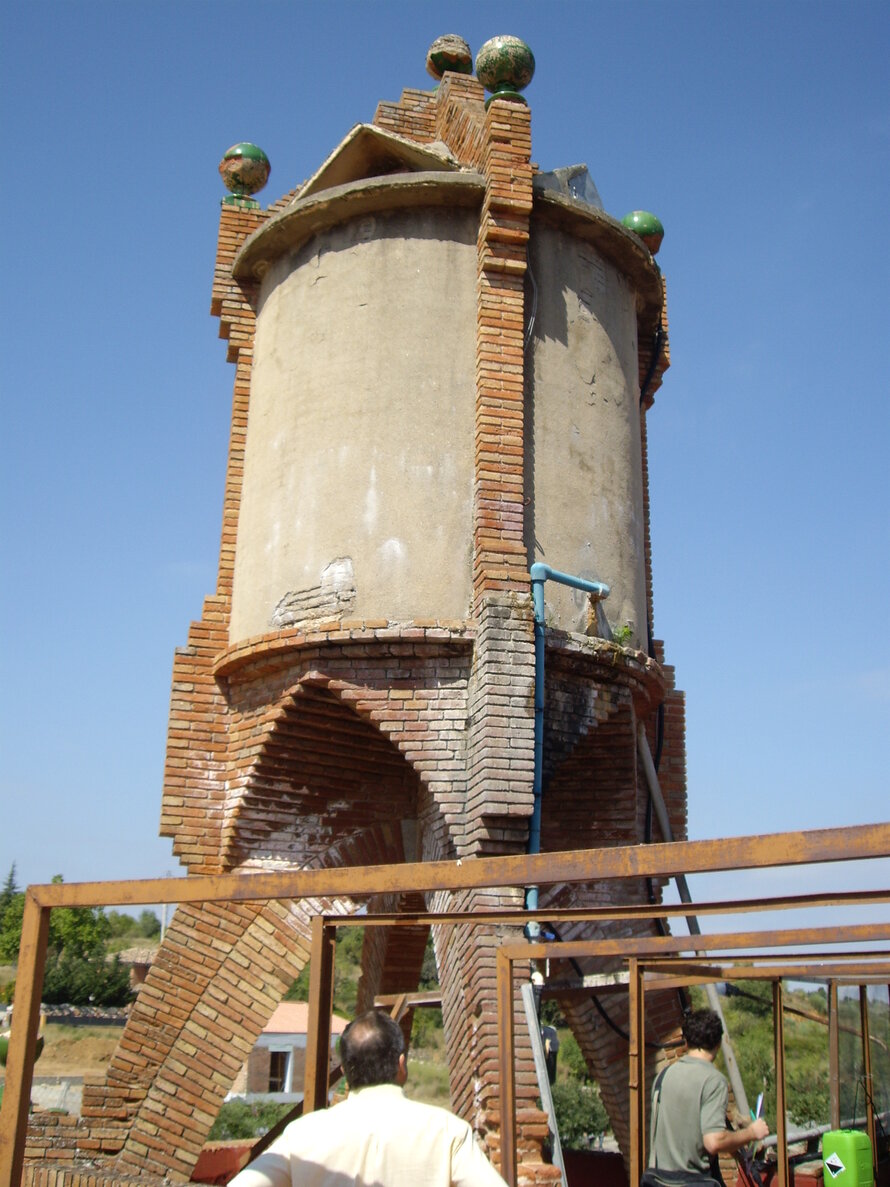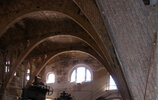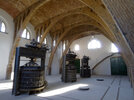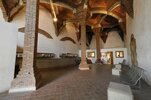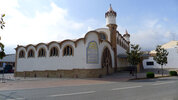Cooperative Wineries Programme, Catalonia
These eye-catching structures - originally dubbed 'wine cathedrals' - were the result, at the beginning of the 20th century, of a large number of small wine-growers needing to come together, following a period of overproduction and the onset of the phylloxera vine disease, to ...
Read more
Project details
| Title: | Cooperative Wineries Programme, Catalonia |
|---|---|
| Entr. year: | 2014 |
| Result: | Grand Prix |
| Country: | Spain |
| Town: | Various sites in Catalonia |
| Category type: | building conservation |
| Notes: | Sites designations: *Falset Cooperative Winerie - Carrer Miquel Barceló 31, Falset, Priorat; *Montsant Cooperative Winerie - Carrer Comte de Rius 2, Cornudella de Montsant, Priorat; *Rocafort de Queralt Cooperative Winerie - Avinguda Catalunya 37, Rocafort de Queralt, Conca de Barberà; *L’Espluga de Francolí Cooperative Winerie - Carrer Josep M. Rendé 5, Espluga de Francolí, Conca de Barberà; *Barberà de la Conca Cooperative Winerie - Plaça de l'Hospital, 24, Barberà de la Conca, Conca de Barberà; *Nulles Cooperative Winerie - Estació s/n, Nulles, Alt Camp; *Gandesa Cooperative Winerie - Avinguda Via Catalunya 28, Gandesa, Terra Alta; *Pinell de Brai Cooperative Winerie - Carrer Pilonet 8, Pinell de Brai, Terra Alta |
| Building type/ Project type: | industrial heritage |
| Former use: | Wineries |
| Actual use: | Wineries |
| Built: | 1913 - 1922 |
| Architect / Proj.leader: | Cesar Martinell, Pere Domènech i Roura , Various |
| The Jury's citation: | “The Jury admired this important project as an example of the conservation of ‘working heritage’. The remarkable set of buildings is still in use, and for their original purpose. Also the project is impressive as an example of best practice in public-private partnership, with the cooperation between the Catalan authorities and the Caixa foundation - a contemporary parallel of the cooperation which symbolized the initial foundation of the enterprise.” |
| GPS: | Various |
| Web, Links: | www.cellerscooperatius.cat/ |
Description:
These eye-catching structures - originally dubbed 'wine cathedrals' - were the result, at the beginning of the 20th century, of a large number of small wine-growers needing to come together, following a period of overproduction and the onset of the phylloxera vine disease, to form cooperatives for future production. The eight wineries, almost ecclesiastical in appearance, are notable examples of the Catalan form of Modernism. They were mainly the work of Cesar Martinell (1888-1973), a pupil of Gaudi, and form his main oeuvre; but one is the work of Pere Domènech i Roura (1881-1962), architect of the 1929 Barcelona stadium which accommodated the 1992 Olympics. So they are important as architecture. But in addition to their architectural distinction, the group represent a continuing example of working industrial premises, whose original designs have stood the test of time and are still fit for purpose. Their age and heavy usage, however, had made such demands on them that it was necessary for the Catalan government and a local wine foundation to join forces to undertake comprehensive renovations. These have been successfully carried out, and will ensure continuity of production of a commodity whose popularity shows no sign of diminishing.
Similar projects
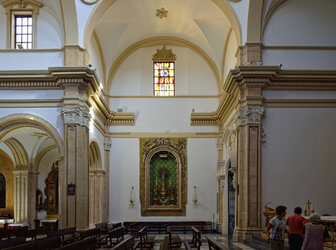
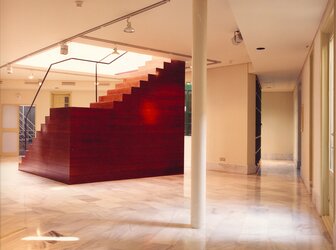
20th century
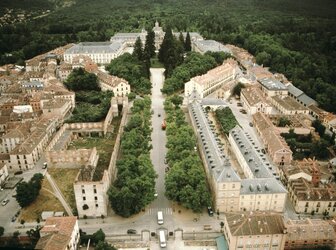
18th century
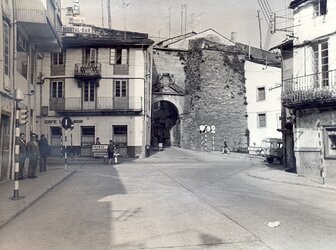
3th century
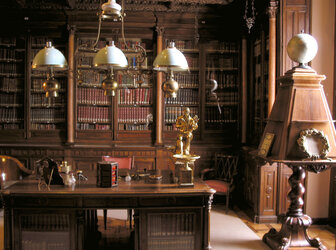
19th century
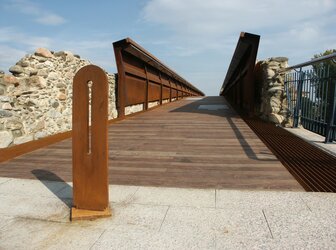
Middle Ages
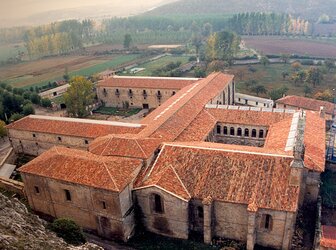
12th century
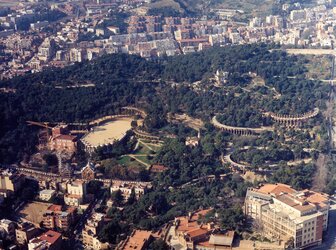
1904-1908
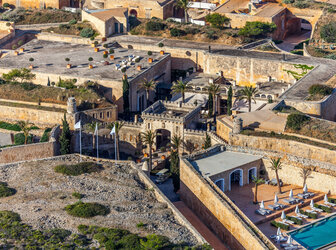
19th century

12th - 18th century
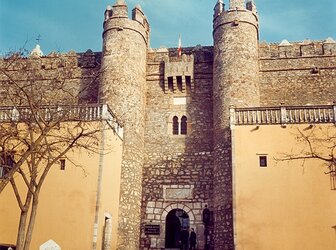
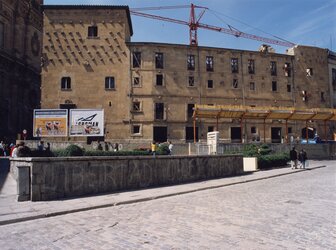
15th century
